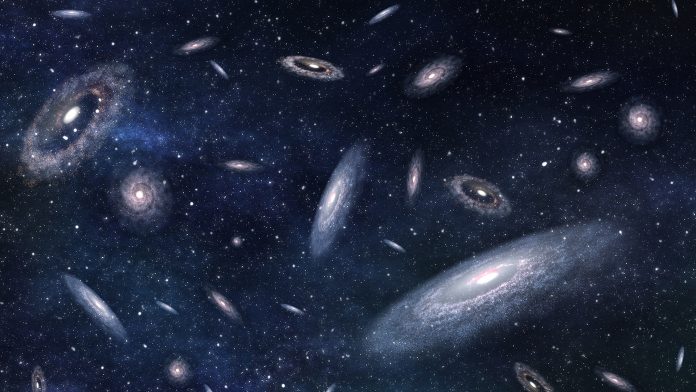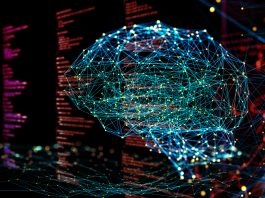A team of astronomers have devised an innovative machine-learning algorithm that can effectively classify tens of thousands of galaxies in mere seconds.
The incredible scientific advancement, developed by astrophysicists from the University of Western Australia node of the International Centre for Radio Astronomy Research (ICRAR), provides a novel machine-learning algorithm that can accomplish in just a few seconds what would take months to perform in classifying galaxies.
Their research is published in Monthly Notices of the Royal Astronomical Society.
Enhancing astronomy with a machine-learning algorithm
Traditionally, galaxies would be classified manually by astronomers and citizen scientists from all over the globe; now, this groundbreaking machine-learning algorithm significantly streamlines that process, cataloguing what would take decades of long, arduous work in just a few days.
Mitchel Cavanagh, a PhD candidate who is based at the ICRAR, said: “Galaxies come in different shapes and sizes. Classifying the shapes of galaxies is an important step in understanding their formation and evolution, and can even shed light on the nature of the Universe itself.”
The researchers explained that, due to the magnitude of surveys of the sky ever-increasing, astronomers are simply collecting way too many galaxies to classify on their own manually, meaning this new machine-learning algorithm is a welcome addition to the astrophysics community.
“We’re talking several million galaxies over the next few years. Sometimes citizen scientists are recruited to help classify galaxy shapes in projects like Galaxy Zoo, but this still takes time.”
Building on previous technology
The new machine-learning algorithm is a type of convolutional neural network (CNN), which is a widely used form of computer programme utilised for many applications around the world, such as in the stock markets, for medical imaging, data analytics, and even for producing Netflix recommendations based on previous viewing history.

In the last few years, convolutional neural networks have started to be employed in the world of astronomy; however, the vast majority of the CNNs used by astronomers are binary, meaning they can only achieve basic classification, such as whether a galaxy is spiral or not. Nevertheless, the new CNN utilises multiclass classification that is able to provide a more in-depth analysis of the galaxy, such as whether it is an elliptical, lenticular, spiral, or irregular galaxy, also providing more accuracy than conventional binary networks.
Cavanagh said: “The massive advantage of neural networks is speed. Survey images that would otherwise have taken months to be classified by humans can instead be classified in mere minutes. Using a standard graphics card, we can classify 14,000 galaxies in less than three seconds.
“These neural networks are not necessarily going to be better than people because they’re trained by people, but they’re getting close with more than 80% accuracy and up to 97% when classifying between ellipticals and spirals. If you place a group of astronomers into a room and ask them to classify a bunch of images, there will almost certainly be disagreements. This inherent uncertainty is the limiting factor in any AI model trained on labelled data.”
One of the most significant advantages of this machine-learning algorithm is that it will enable astronomers to classify in excess of 100,000,000 galaxies at various distances – also known as redshifts – from Earth and in different environments, such as clusters and groups. This technology will allow the researchers to form a more comprehensive understanding of how galaxies have transformed throughout the history of the Universe and why specific environments provide the perfect conditions for their inception. The technology created by the team can also be employed in fields other than astronomy, as long as they have sufficient datasets to train them.
“They will play an increasingly important role in the future of data processing, especially as fields like astronomy grapple with the challenges of big data,” Cavanagh said.









